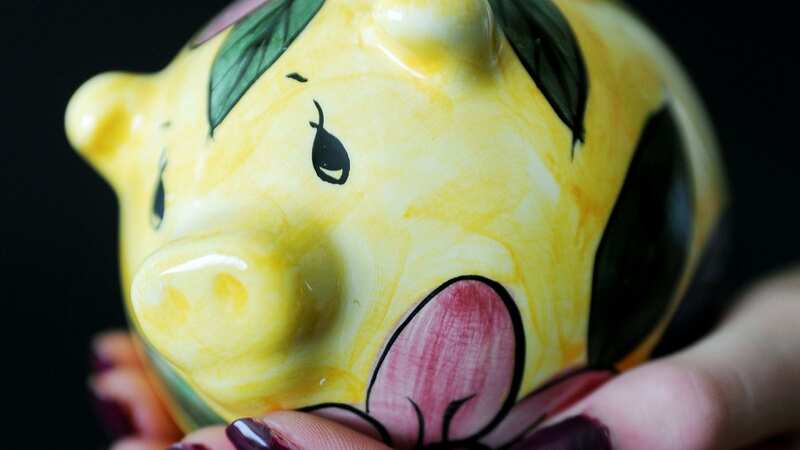People only just learning why piggy banks are shaped like the farm animal
Many children keep their precious coins in a piggy bank, but not many know why it's shaped like a farm animal. The reason is rooted in history, as revealed by TikTok user FactBuddy21 in his video titled "Why We Put Money In Piggy Banks".
In the clip, he asks: "Have you ever wondered why we put money in a piggy bank? I mean, what do pigs have to do with money?" He then explains that in the 15th century, people stored their money in pots made from a clay called 'pig', hence the name 'pig pots'.
These pots eventually evolved into pig-shaped money boxes with slots big enough for coins. FactBuddy21 concludes: "Pretty soon, potters started making these pig pots look like actual pigs as a joke. And, well, the rest is history."
Read more: Sign up to Mirror US's SMS updates for the latest straight from the newsroom
FactBuddy21's TikTok account also reveals other fascinating facts, such as why Swiss cheese has holes, why astronauts can't cry properly in space, why bees die after they sting, and the secret behind the Starbucks logo.
 Greggs, Costa & Pret coffees have 'huge differences in caffeine', says report
Greggs, Costa & Pret coffees have 'huge differences in caffeine', says report
In another finance-related video, FactBuddy21 revealed the origins of the equals sign. In a separate video titled "How The Equals Sign Was Invented", an interesting fact was shared. The voiceover in the clip explained: "You know the equals sign in math?
Well, back in the day, people actually wrote is equal to instead. And mathematician Robert Record was getting tired of writing it over and over. So in 1557, he started using two horizontal lines instead. He figured since the two lines were the same size, they were equal to each other, which made it the perfect symbol for equality."
Read more similar news:
Comments:
comments powered by Disqus


































